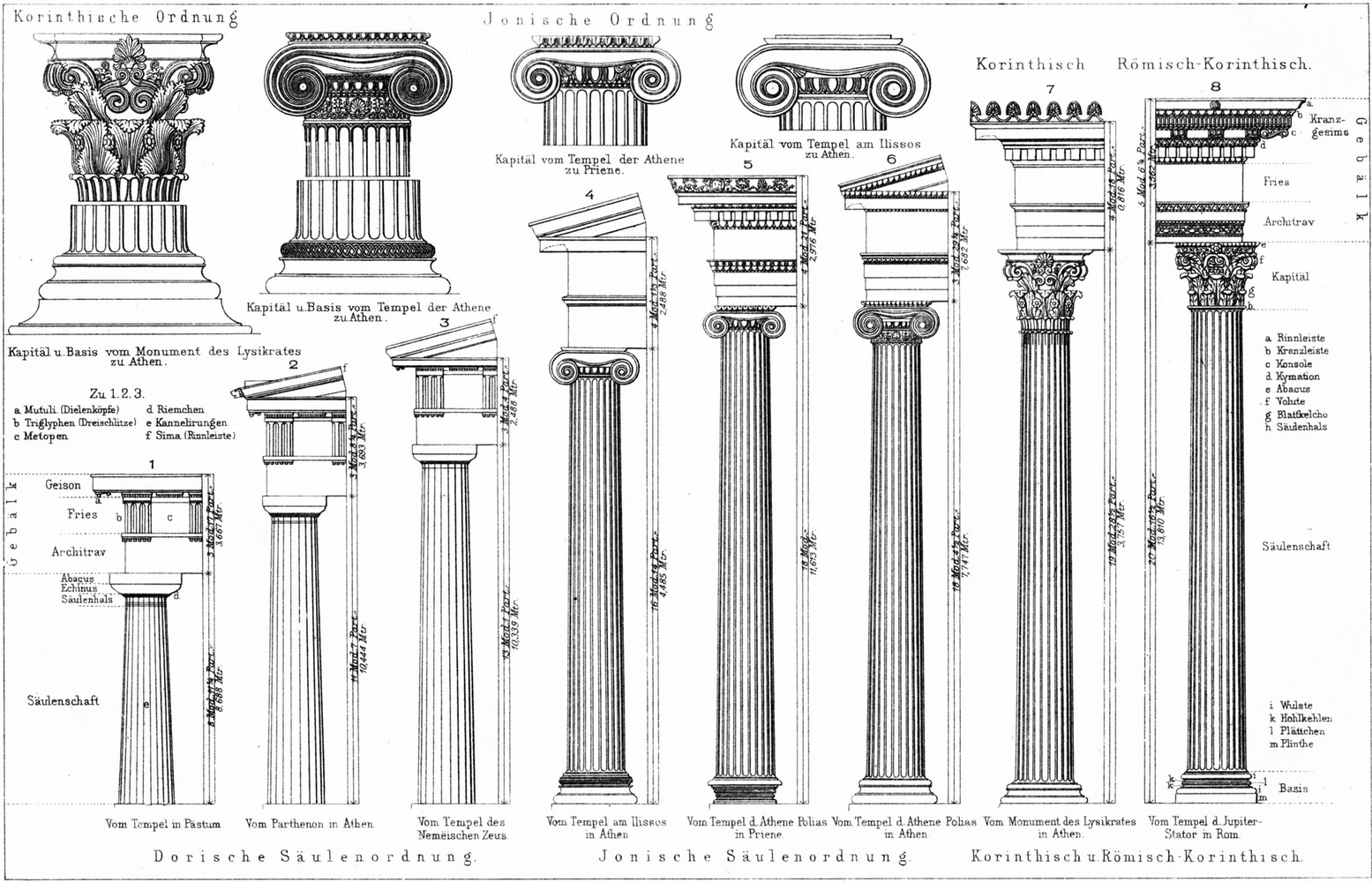U3- Architecture throughout history
- Australopithecus- 5000000 years ag
- first humanoids appeared in Africa
- fire and shelters weren´t used
- evolve into Homo Habilis
- Homo Eructus- 1.600.000-200.0000 B.C.
- learns how to make fire and invents "home" (including a fireplace)
- Beginnings of architecture
- made from a group of hunters
- the architecture understood as the deliberate confirmation of a living environment
- Homo Neanderthalesis 100.000-40.000 B.C.
- symbolic terms- life after death
- community-oriented
- North Africa, Europe, and the East
- agriculture was develop
- Architecture
- Homo Sapiens 40,000 B.C.
- sculptures and cave paintings found in caves and shelters
- Architecture- dwellings
- animal skins
- bones
- very large diameters (some up to 9m)
- 8.000-4.000 B.C
- Agriculture firmly established and sedentary style
- the social organization more complex
- first Neolithic city up to 10,000 habitants
- Architecture
- different types of buildings (public and houses)
- the city with a defensive wall
- houses
- houses separated by courtyards ( there weren't streets)
- ground and first floor
- no front door, ladders were used, due to the danger and fear
- material: pressed adobe bricks and wood covered with rammed mud on vegetable mats.
- Protohistory 4000-3,000 B.C.
- Mesopotamia
- writing and pottery is developed
- architecture
- made with adobe or brick
- Ziggurat
- the core of raw, sun-dried adobe brick
- temples built on top of natural or artificial platforms
- aim: imitate the dwellings of Gods ( the mountains)
- the structure resembles the pyramids of Egypt (but more similar to pyramids of Central America)
- The Egyptians 3,500 B.C
- place: Nile River
- survives almost 3,000 years
- architecture for the god, not humans
- temples
- permanence and immutability
- most important public building
- the residence of the godor sanctuary
- purpose: continuity and order
- large masses and monotonous regularity expressed solidity as a symbol of durability
- Pyramids
- eternal constructions
- change in funerary architecture by the invention of the stepped stone pyramid
- materials: limestone masonry
- The Greeks 1,200-146 B.C
- learned from Egyptian architecture and sculpture
- Architecture
- expresses the search for equilibrium between vertical and horizontal loadbearing elements
- The Polis:
- the first idea of the city
- included the city and surrounding farms
- the Agora: was the center of the Greek community life
- Stoas: large and elongated buildings to encourage meetings
- Temples
- most important building- dedicated to divinity
- the interior was very simple and not accessible to the public
- technical perfection, avoiding deformations to achieve harmony
- Theater and Stadium
- largest open-air buildings
- important for the culture
- excellent acoustics and great capacity
- HOUSES: similar to the Roman period
- close to the outside because there were no windows due to the danger that someone could get in- open air inside the building- a central courtyard
- simple
- ROMANS- 1,100 B.C
- Mediterranean basin and Europe (center east)
- architecture- universal, embodying the essence of the " romanitas"
- interior closed space
- discovery of concrete- long-lasting
- great engineering works (roads, highways, bridges...)
- CIVIL WORKS
- specialists in the design of infrastructure
- Sewage networks (cloaca)
- aqueducts for water supply to cities
- roads- army could march quicker than walking in the wildness
- bridges
- walls- not very high
- Commemorative buildings: the triumphal arches
- PUBLIC BUILDINGS:
- thermal baths: key building, a meeting point for discussions and agreements (political or commercial)
- Theatres
- didn't use a slope
- open-air
- semicircular
- Circus
- Basilica
- not religious, the port of justice
- amphitheatres
- naumachia
- CITIES
- structure of the military camps
- forum: the heart of the city, a similar function to the Greek Agora
- two orthogonal roads (Cardo and Decumanus)
- Religious building
- 5 columns (the three greeks and Tuscan and Composite)
- discover domes to cover buildings solving the technical problems of the greeks
- The Pantheon of Rome is the religious building that best represents Rome´s achievements.
- the Domus
- the habitual dwelling of the richest families
- they had water, drainage, and heating installations
- the Insulae
- dwellings of the plebeians who constituted the most numerous part of the population
- three or four floors
- low-quality materials
- occupied by several families at the same time
- The Middle Ages
- The Roman empire disintegrated due to the pressure of the barbarian tribes on the frontiers
- Churches and other religious buildings became the most important in architecture.
- a new Christian empire was established in the East
- pictorial, sculptural, and constructive techniques were lost










